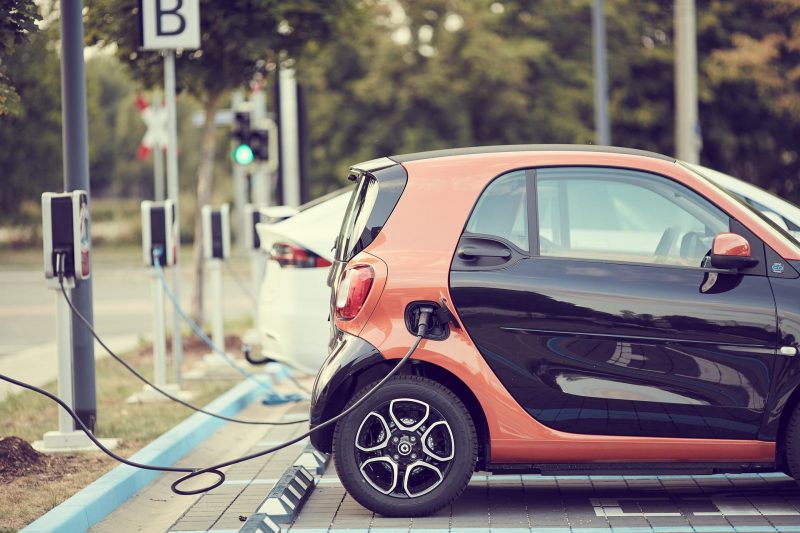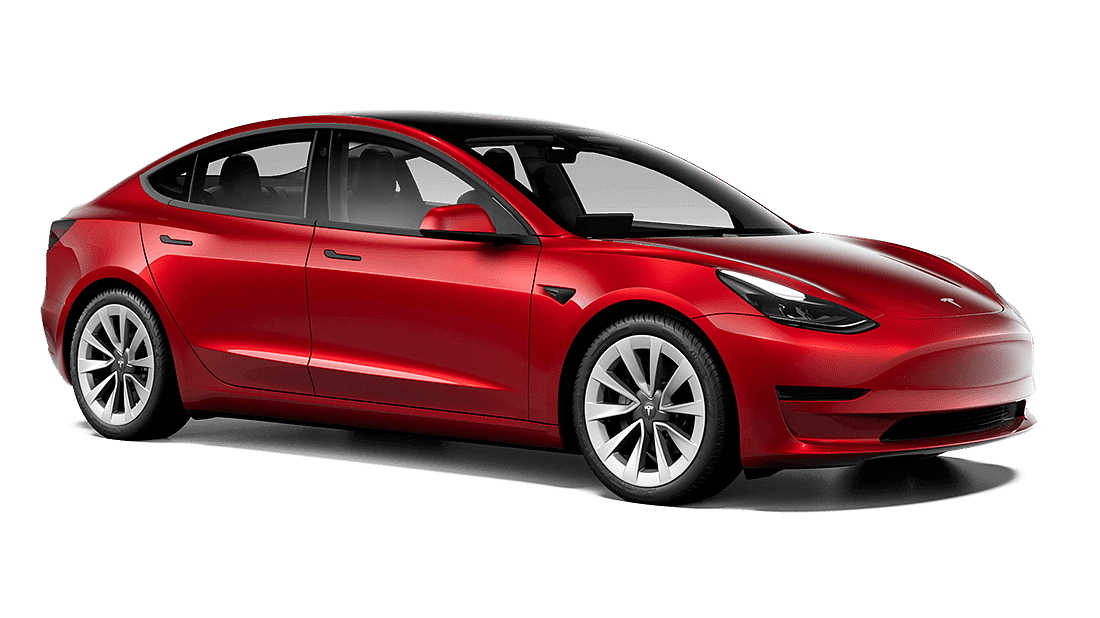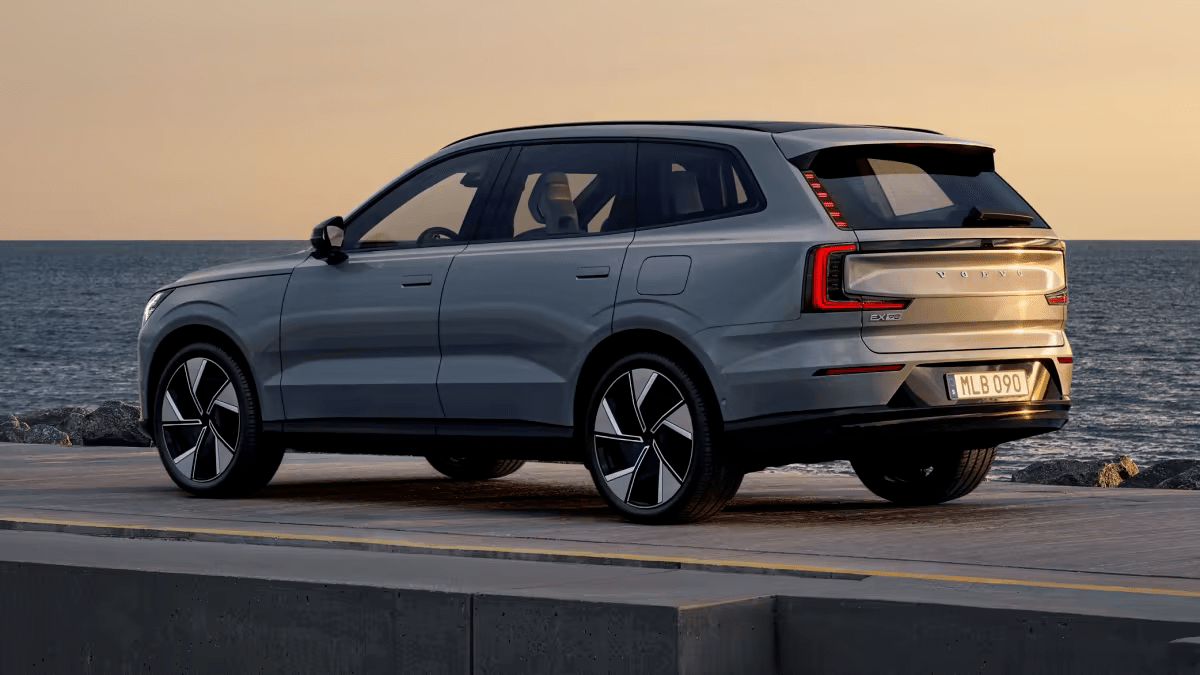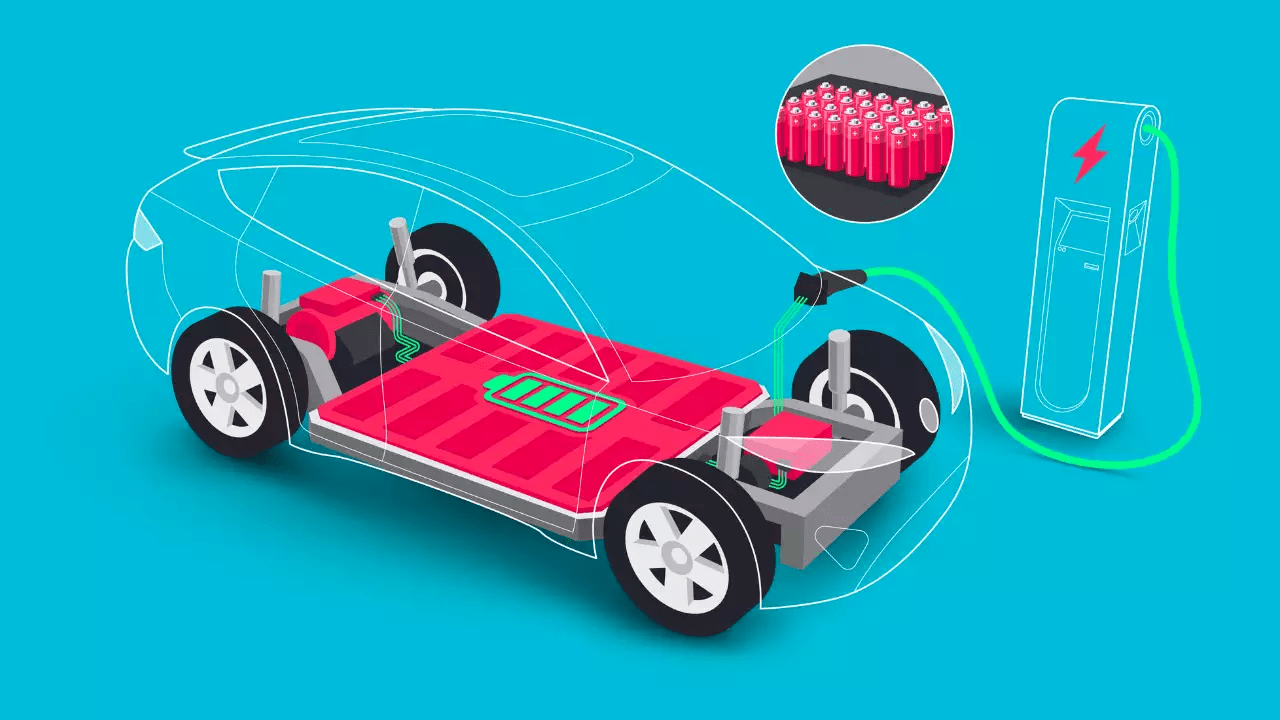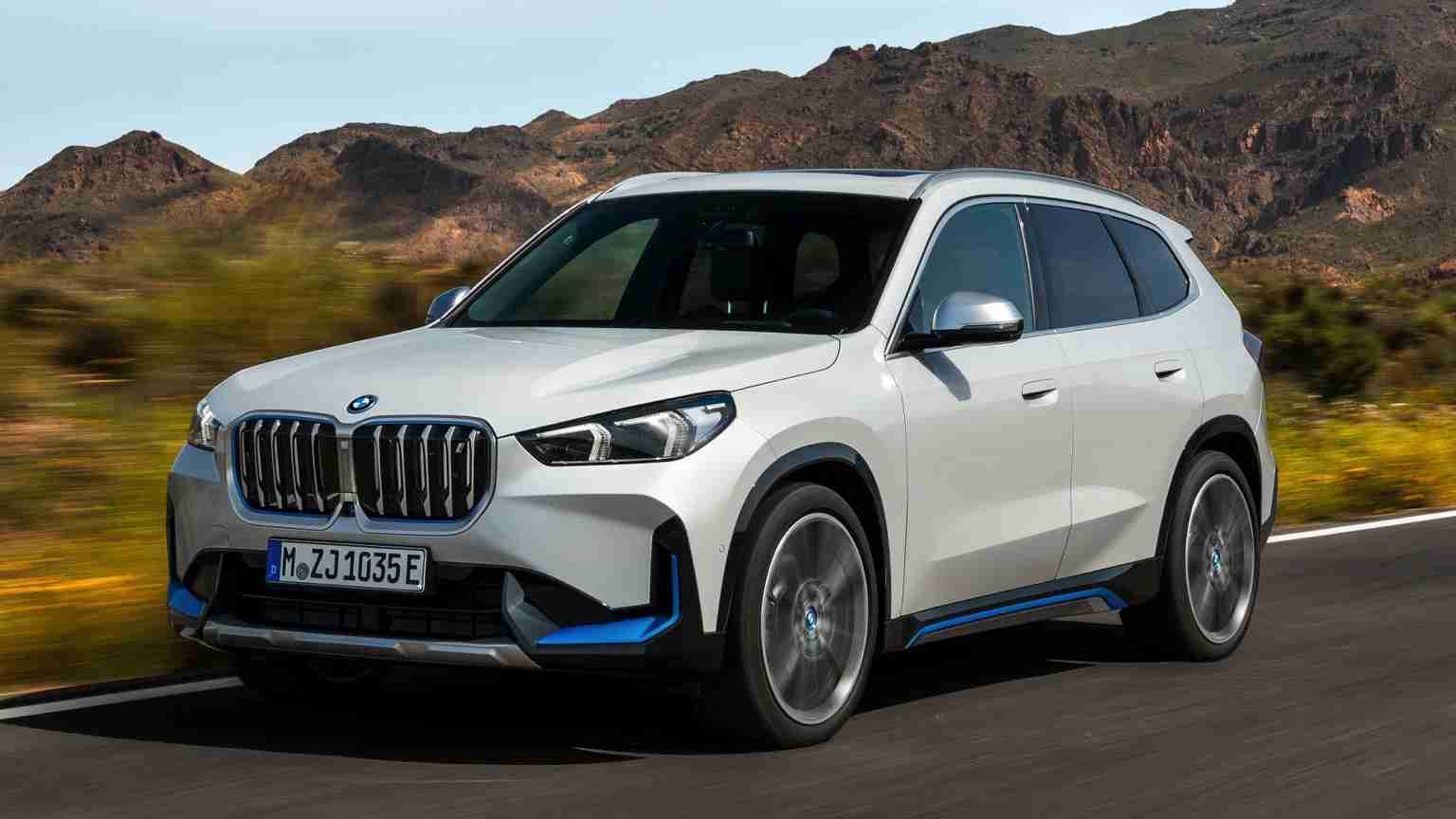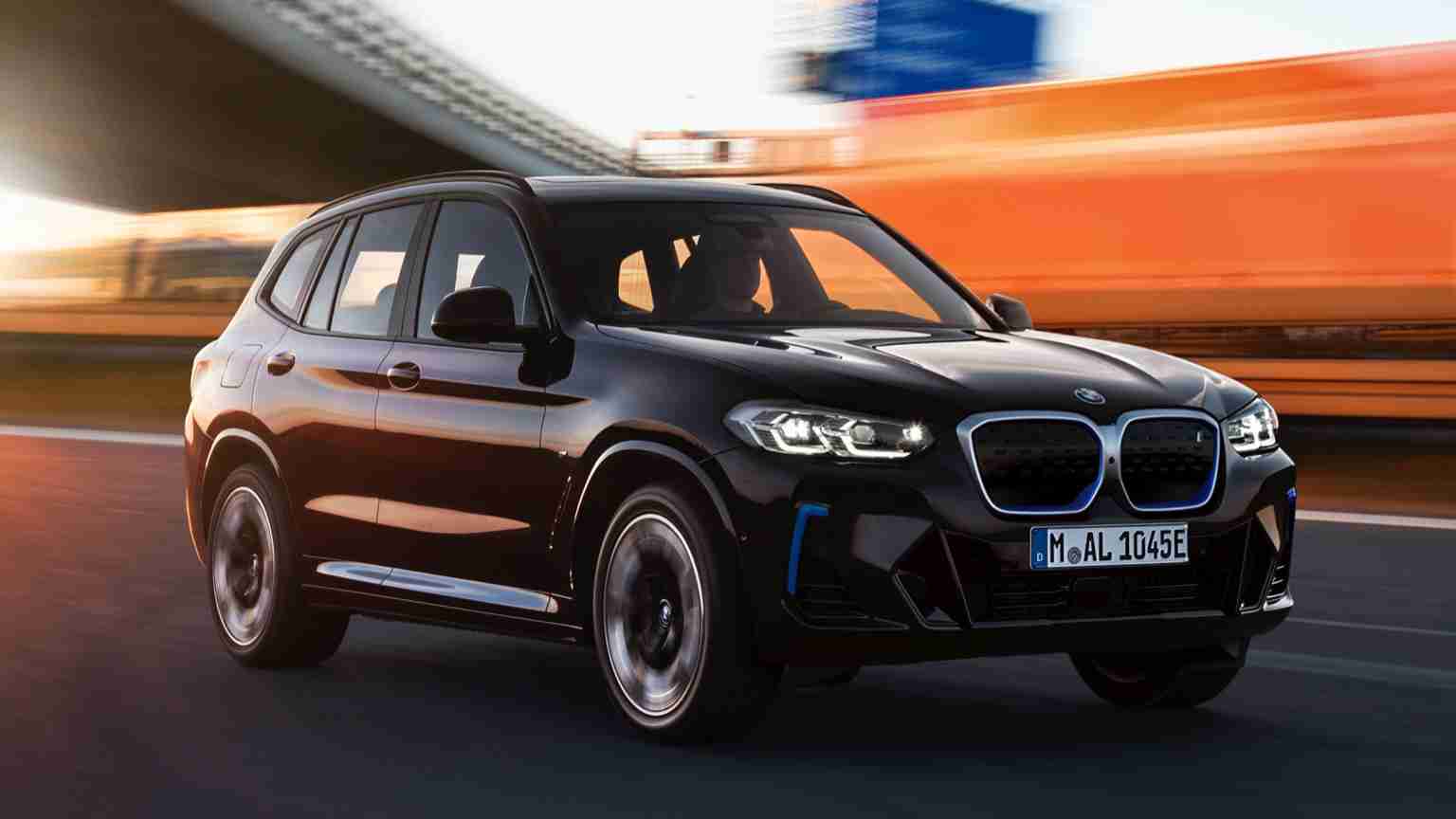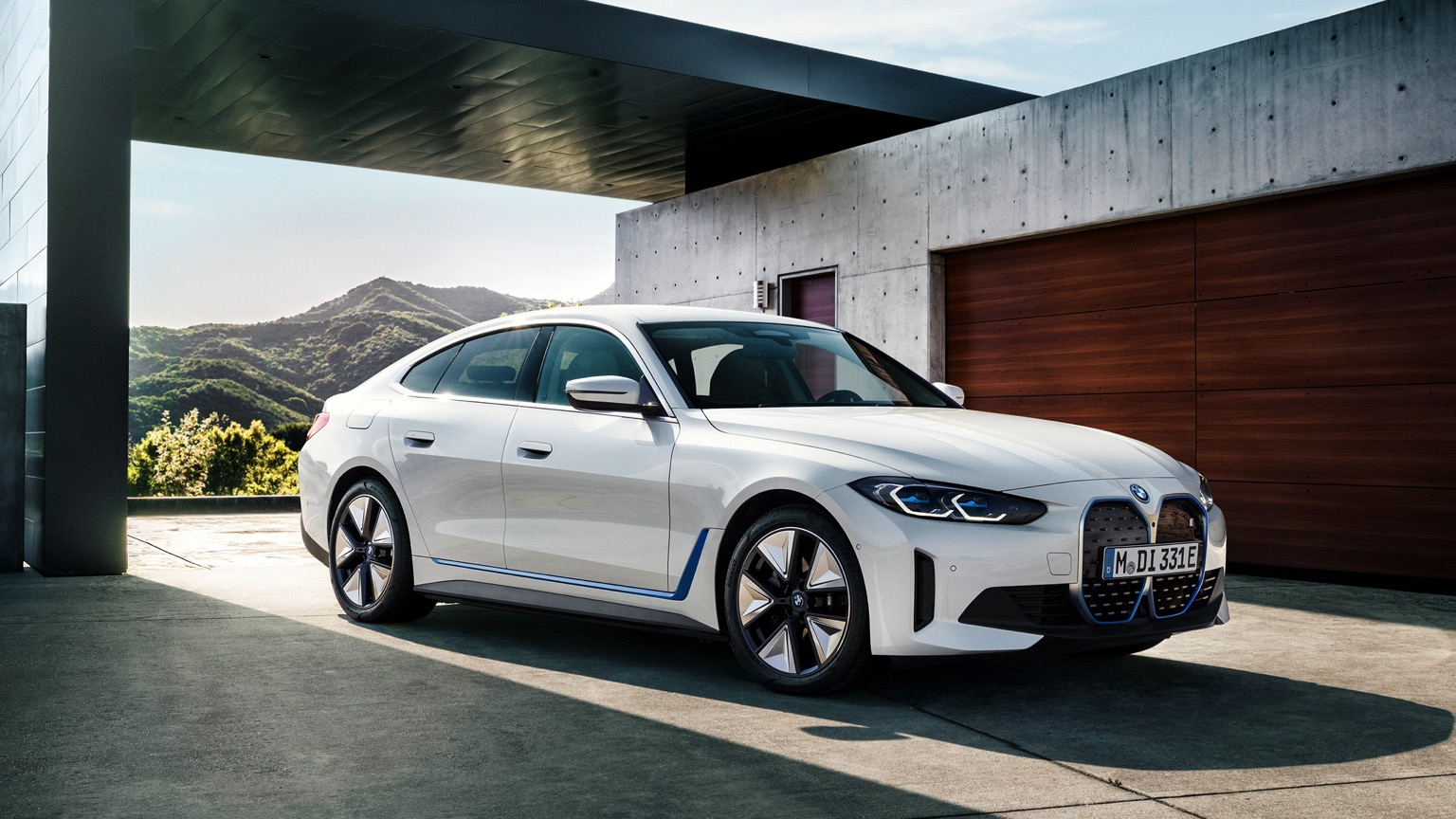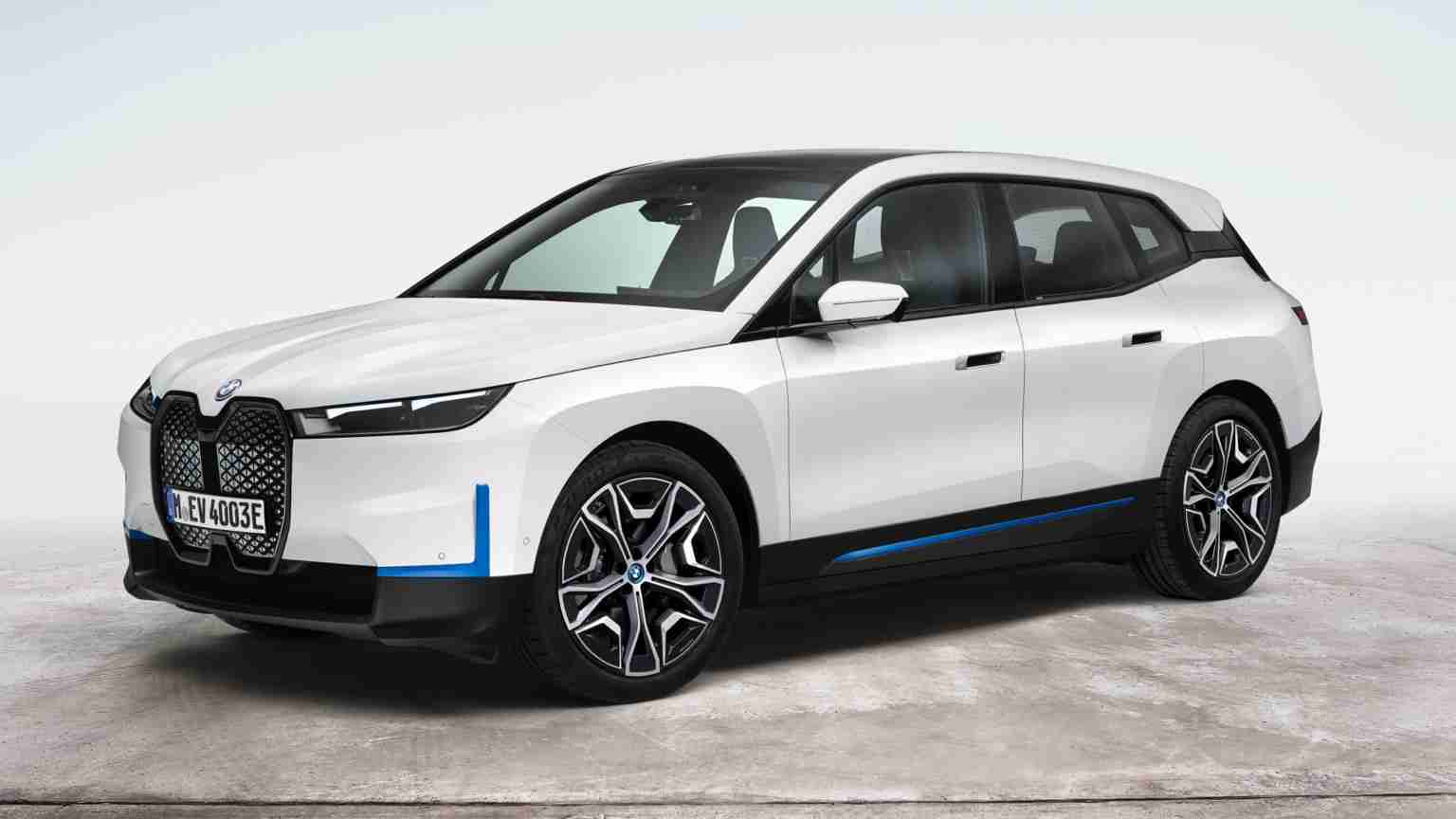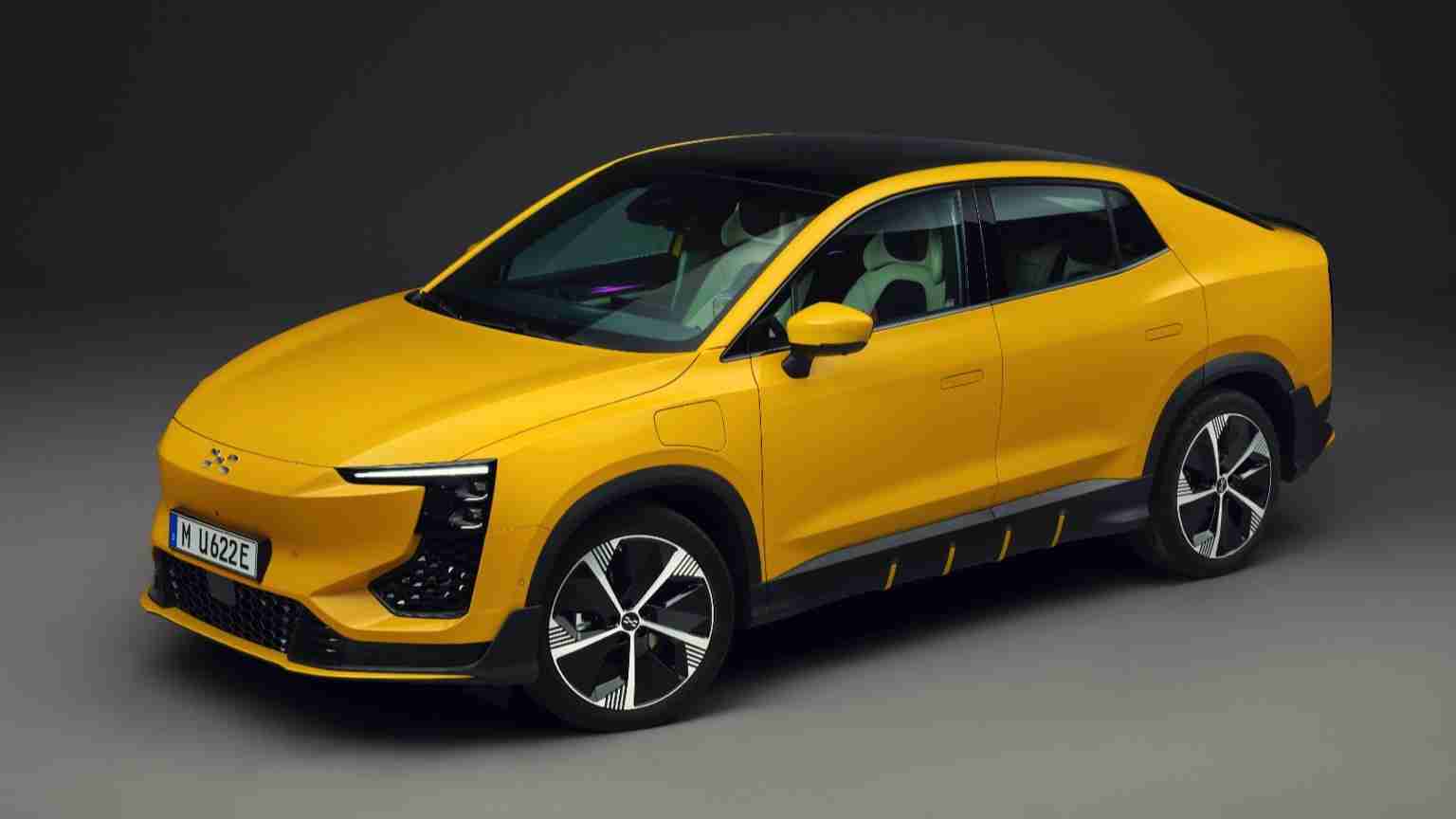Mitsubishi eK X EV Review - Could This City-Sized Hatch be Australia's Cheapest EV
The Mistubishi ek is a Kei electric car series from Mitsubishi motors, based on the Minica. As per the company the name "ek" stands for "excellent keijidōsha" or "excellent minicar". It was awarded Good Design Award in Japan. Mistubishi ek X EV feels fine quality and originality on the exterior. Its interior focus on a roominess feeling. The specific features of this EV and Mitsubishi eK X EV Review are mentioned below.
Mitsubishi eK X drivetrain is FWD in electric, battery capacity is 20kWh, and battery type is lithium-ion. The driving range is 180km WLTP, the DC charge rate is 7.2kW, the AC charge rate is 200kW, and the motor output is 12.4 kWh/100km.
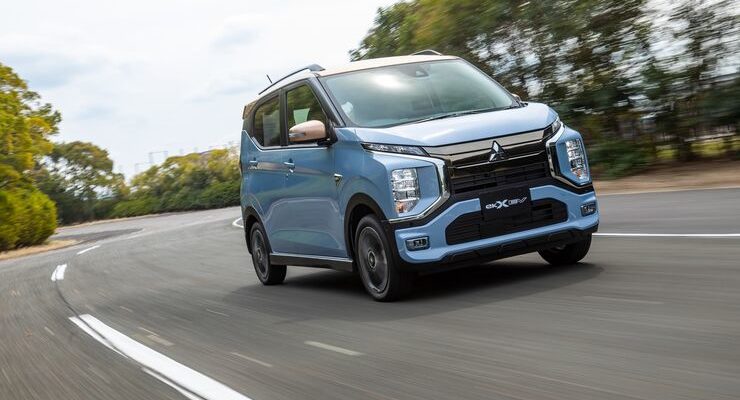
The car showrooms introduced electric cars a decade ago, but the price tags were high at that time. Purchasing an electric car is still a rich person's game and scarcity on the used car market means there are some true bargains for second-hand vehicles. Even the Chinese aren't selling EVs less than the $40K barrier yet.
And that's when the Mitsubishi eK X electric car comes into consideration if Mitsubishi Motors Australia chooses to bring it to our shores. Though it is not confirmed for our market, for now, we want to explain about it here.
The appetite for eco-friendly cars has been strong in Japan for a long period, and the eK X EV arrives at a time where Japanese motorists are looking for more affordable all-electric options. Even though its diminutive size and limited single-charge range would exclude it from consideration for a large number of Aussie motorists, would the compact eK X EV nevertheless make sense in Australian cities?
Cost and Features - Does it Represent Good Value for the Money? What are the Different Features? 7/10
Actually, it's price is not confirmed in the Australian car market. But in Japan, the eK X EV with two grades, base model "G", and high spec "P" cost ¥2,398,000 (AU$27,000 at today’s rate), and the latter for ¥2,932,600 (AU$33,020).
In Japan, this electric vehicle is eligible for a generous government incentive that slashes those strikers down even further, but we’ll just go with the retail price.
Both G and P spec come standard with AEB, a full suite of the front side, curtain, and driver's knee airbags, front and rear parking sensors, lane departure warning, frontal collision alert, ISOFIX child seat anchorages, auto-high beam, front seat heaters, power-folding wing mirrors, keyless entry/ignition and climate control. The other features are a 9.0-inch touchscreen at the head unit with Android Auto/Apple CarPlay integration on the P specification, but the base model G doesn't have an audio system at this price.
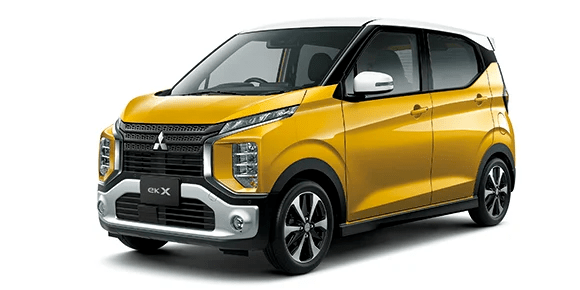
Adding an integrated sat-nav unit adds another ¥222,860 (AU$2508) to the eK X G’s retail sticker, but even with that adjustment to spec the eK X would easily shape up as Australia’s cheapest EV by a wide margin – that is, of course, assuming Mitsubishi Australia could secure a competitive ‘factory door’ price for our market.
Design - What are the Interesting Things About Design?
eK X EV has a specific footprint of 3.4 m long 1.48 m wide, and 2 m tall. The EV pushes upright to those limits, measuring just 5.0mm shy of those length and width restrictions while stretching to 1655mm tall, and in order to maximise interior volume each face is almost perfectly vertical and all four corners are right angles.
As an end result, it has a very angular one-box hatch box with a raked black windscreen and bonnet giving the front glass a somewhat wedge-shaped profile.
A pragmatic design feature is the presence of roof rails which si optional in Japan (¥27,500, or $311), but probably a good idea for those wanting to gain more cargo capacity by bolting on a roof pod.
The P grade also brings a roof spoiler and black plastic wheel arch trims which gives the stumpy eK X a smidge of SUV flavor. As the style goes, it's certainly cohesive with other members of the Mitsubishi showroom. The 2-paint of high-grade test vehicle looks modern and appealing, while single-tone paint jobs are also made available.
Practicality - How practical is the space inside? 7/10
The front seats get to enjoy some fairly cushy chairs, and folding up the centre armrest also allows the driver to slide across to the left seat, perfect for getting out of a confined parking spot… or dates at the drive-in.
The manually-adjusted seats can slide a fair way back, headroom is substantial, outward vision is superb and, thanks to the narrowness of the eK X, literally everything is within arm’s reach.
Peek under the passenger seat, and an under-seat stowage tray reveals itself, too. There’s even a pull-out compartment in the passenger door to house the owner’s manual. Everything is in its right place.
Also, Refer
- New Electric Vehicles Models to Look Forward to in Australia in 2023
- Rimac Nevera World's Fastest EV
- Tata Tiago EV Review
Drivetrain - What are the key stats for the drivetrain? 6/10
The eK X EV is powered by a single electric motor connected to the front wheels, and while all kei cars are limited by Japanese law to just 48kW, torque output has no such limitation. It produces a peak torque of 195Nm. A 20kWh lithium-ion battery pack supplies the motor with power.
Energy consumption - How much does it consume? What’s the range like, and what it’s like to recharge/refuel? 6/10
Minimal energy is used to fight aerodynamic and tyre drag, while the constant speeding up and slowing down for traffic and stop lights mean a lot of energy gets put back into the battery via the regenerative braking system.
After using 23% of the battery to travel 28.3km, our average energy consumption measured in at 16.25kWh/100km. Couple that results with a 20kWh battery, and the eK X’s real-world range looks a lot more like 123km instead of the 180km WLTC Mitsubishi claims.
Safety - What safety equipment is fitted? What is a safety rating? 8/10
Standard equipment includes stability control, traction control, AEB (which can detect pedestrians and cyclists, but not necessarily motorcyclists), lane departure warning, frontal collision alert, a 360-degree top-down camera view, front and rear parking sensors and seven airbags (dual front, front side, curtain and a driver’s knee airbag).
Driving - What's it like to drive? 7/10
Kei cars are something of a unique experience, to begin with, an electric one even more so. Besides those compact dimensions giving it the ultimate ability to cut through dense traffic, the addition of an electric powertrain endows it with the torque necessary to feel properly zippy around the city.
Power delivery is linear, the regenerative braking feels natural, with no noticeable step between regen and mechanical braking, and there’s just a faint hum from the motor and inverter when power is being delivered or generated.
Final Words
It is a near-perfect tool for dealing with inner urban congestion and tightly packed city streets. By comparison, the eK X EV feels more complete and better equipped though its price is sharper than the i-MiEV's if it's to convince would-be EV adopters to look away from the entry-level options from Chinese automakers like MG and BYD. Along with the review of the electric car, you can also check Electric Vehicles Federal Tax Credits here.
The advantages of eK X EV are it makes more limited space, has decent equipment for the price, and offers a zippy urban drive. The drawbacks are energy consumption should be better, won't have broad appeal, and is not confirmed from Australia, The overall rating is 3.4/5.



